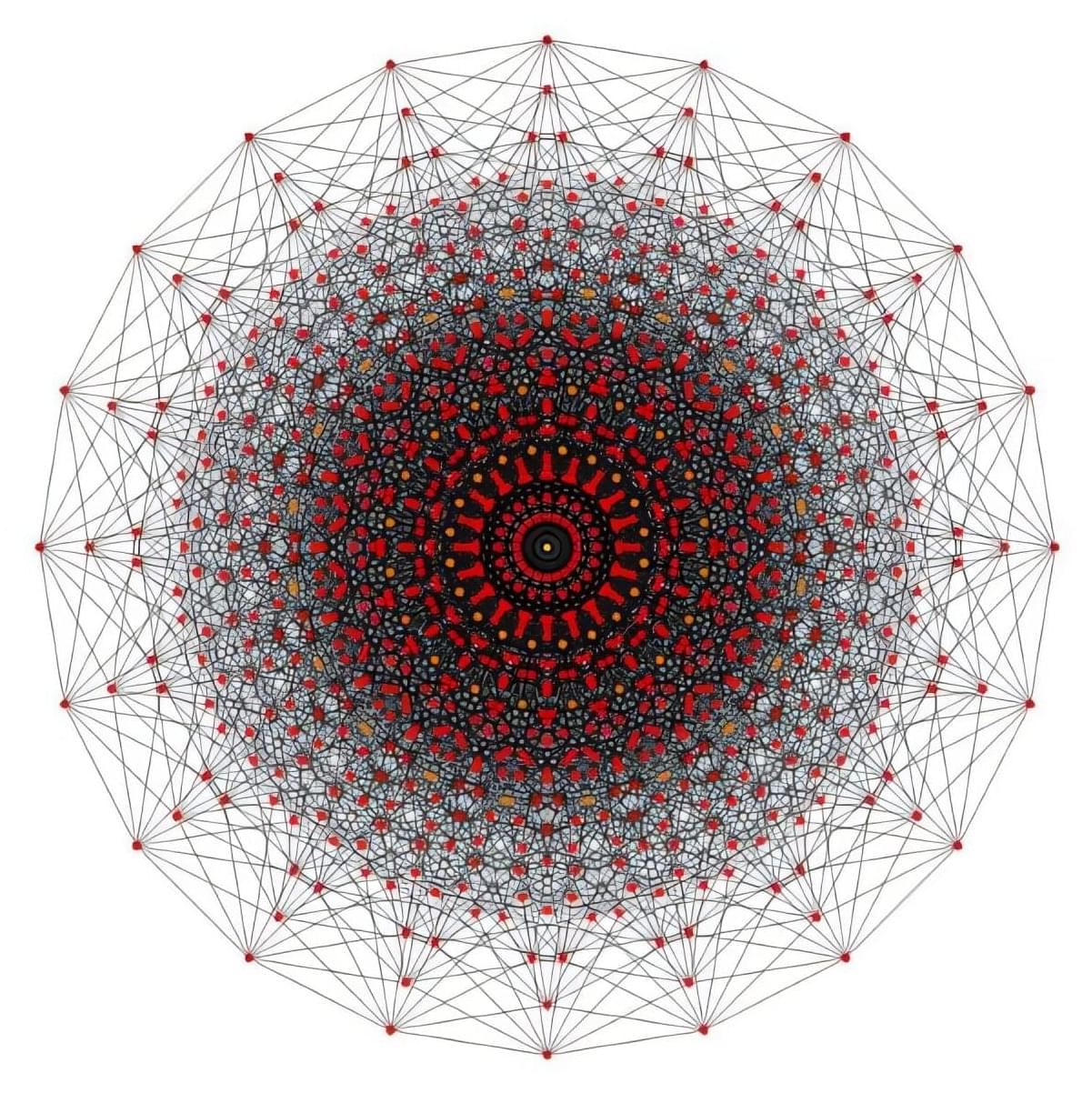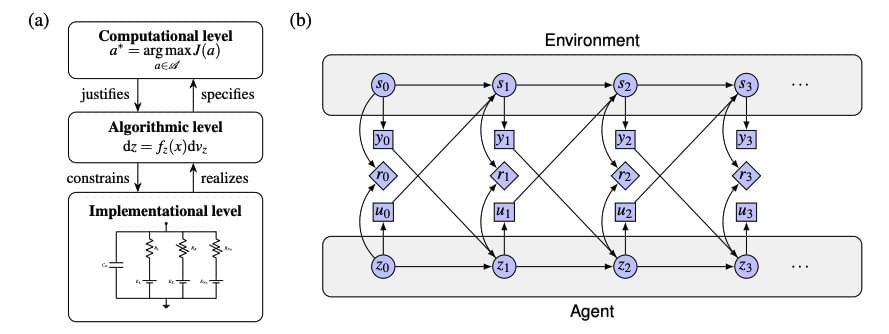Caltech scientists have developed an artificial intelligence (AI)–based method that dramatically speeds up calculations of the quantum interactions that take place in materials. In new work, the group focuses on interactions among atomic vibrations, or phonons—interactions that govern a wide range of material properties, including heat transport, thermal expansion, and phase transitions. The new machine learning approach could be extended to compute all quantum interactions, potentially enabling encyclopedic knowledge about how particles and excitations behave in materials.
Scientists like Marco Bernardi, professor of applied physics, physics, and materials science at Caltech, and his graduate student Yao Luo (MS ‘24) have been trying to find ways to speed up the gargantuan calculations required to understand such particle interactions from first principles in real materials—that is, beginning with only a material’s atomic structure and the laws of quantum mechanics.
Last year, Bernardi and Luo developed a data-driven method based on a technique called singular value decomposition (SVD) to simplify the enormous mathematical matrices scientists use to represent the interactions between electrons and phonons in a material.







